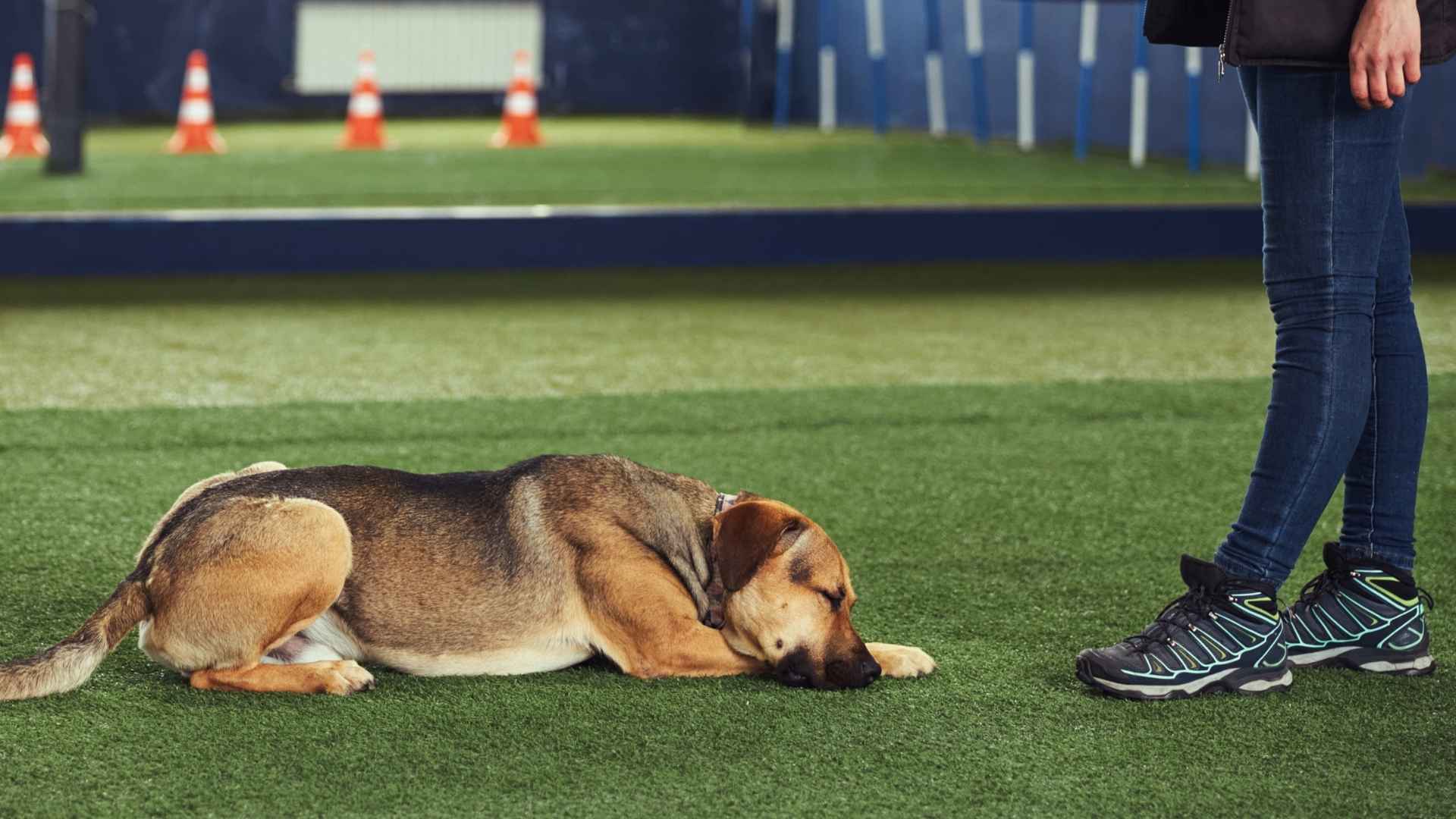Training a dog can be a rewarding experience, but some breeds present more challenges than others due to their inherent traits. Understanding breed-specific characteristics is crucial for effective training and fostering a harmonious relationship between dogs and their owners.
Whether it’s stubbornness, sass, or just a brain-wired for different priorities (hello, distraction city!), some pups take a little more strategy—and a lot more snacks—to get on board with the whole “obedience” thing. And while these breeds can test your patience, they’re also packed with personality and charm.
If you’re up for the challenge (and maybe a little chaos), these breeds can make the most rewarding companions. But you’ll need consistency, creativity, and maybe a backup leash or two. Think of it as a relationship—you don’t train them; you learn from each other.
In this post, we’re diving into the dog breeds that bring drama to the training day. From headstrong Huskies to cheeky Beagles, get ready to meet the lovable rebels of the canine world. Let’s go!
Challenging Dog Breeds to Train
1. Siberian Husky
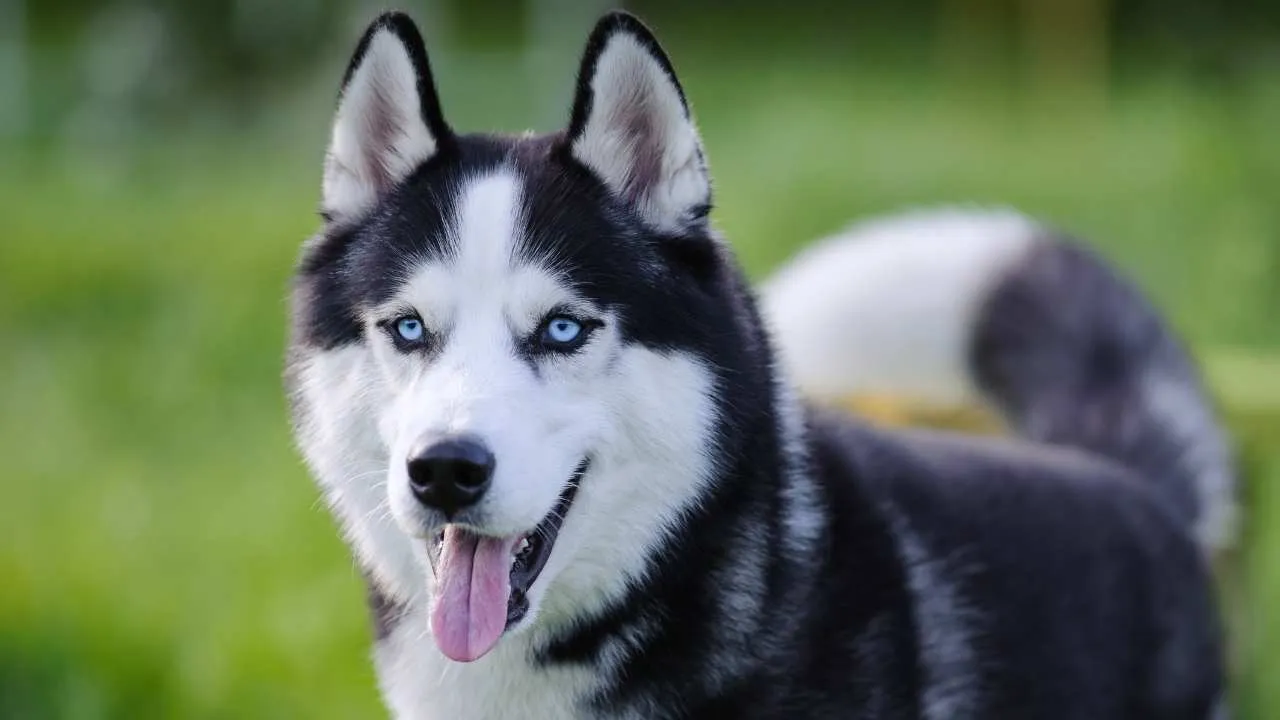
Siberian Huskies are the majestic wolf-like dogs of Instagram fame—but don’t let those ice-blue eyes fool you. Training a Husky is like trying to negotiate with a furry, four-legged anarchist who’s really into cardio. They’re brilliant, but their stubborn streak is legendary.
They were bred to pull sleds across snowy wastelands, not to sit politely at your feet. Their independence runs deep, and they tend to do their own thing unless you make it super worth their while. Translation: snacks, praise, and maybe a touch of drama.
These dogs are highly intelligent, but also incredibly mischievous. You’ll need to make training fun, fast-paced, and challenging to hold their attention. Repetition? Snooze-fest. Mix things up or lose your audience.
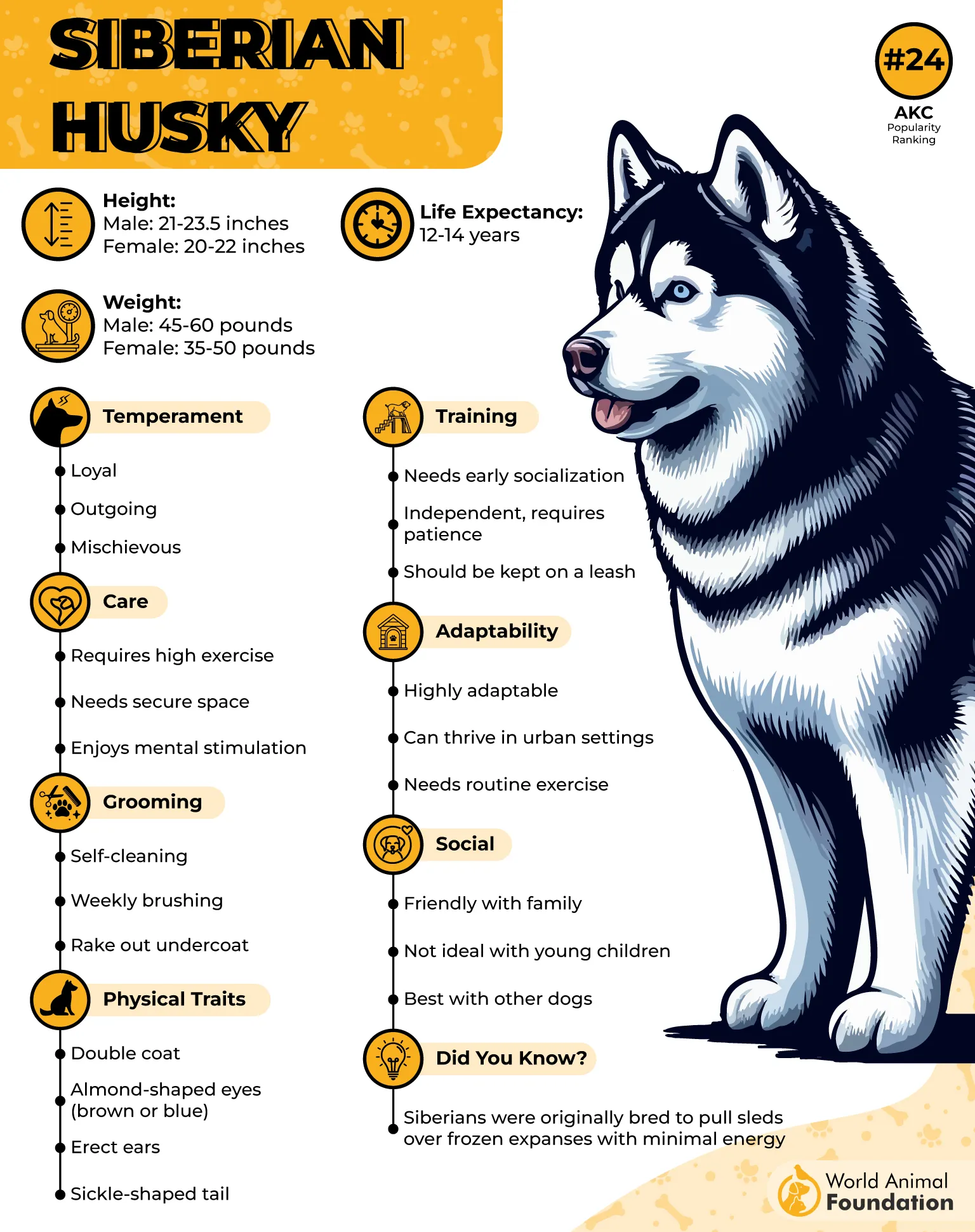
Another curveball: Huskies are escape artists.
Like, Mission Impossible-level. If they’re bored or under-stimulated, they’ll find a way to dig, jump, or chew their way to freedom. This makes reliable recall and leash manners non-negotiable—and very hard-earned.
Socialization is key.
While they’re generally friendly, these are the hardest dog breeds and need early exposure to people, pets, and environments to help them learn impulse control. Without it, that stubborn streak becomes a tornado of chaos.
If you’ve got time, energy, and a flair for drama (and dog-proof fences), training a Husky can be a wild, hilarious ride. Just know you’re not the boss—you’re the co-pilot on this snowy adventure.
2. Afghan Hound
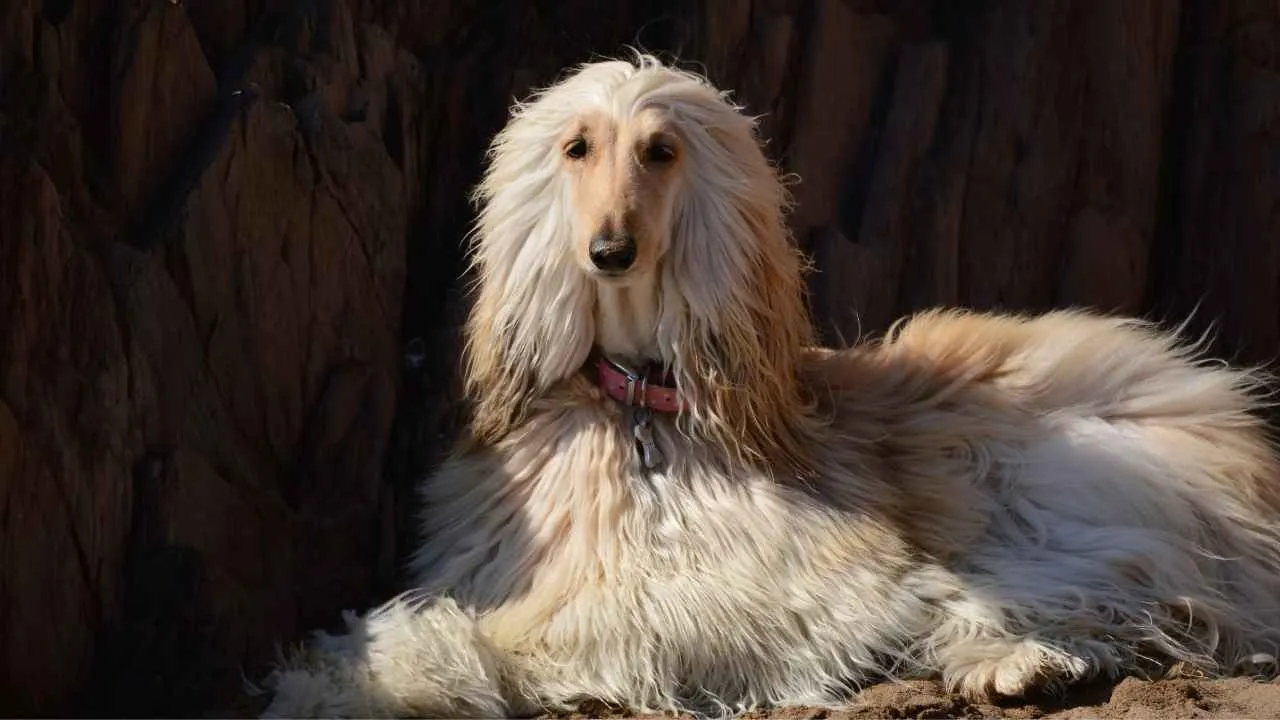
Afghan Hounds look like they belong on a runway, and they act like it, too—aloof, stylish, and a little too cool to follow orders. Their independent nature and regal demeanor make them one of the trickiest breeds to train, but also one of the most unique.
Originally bred for hunting in the mountains of Afghanistan, this particular breed is used to making decisions solo.
That means they don’t exactly jump at the chance to obey commands—they’d rather weigh their options first (and maybe toss you a judgy glance).
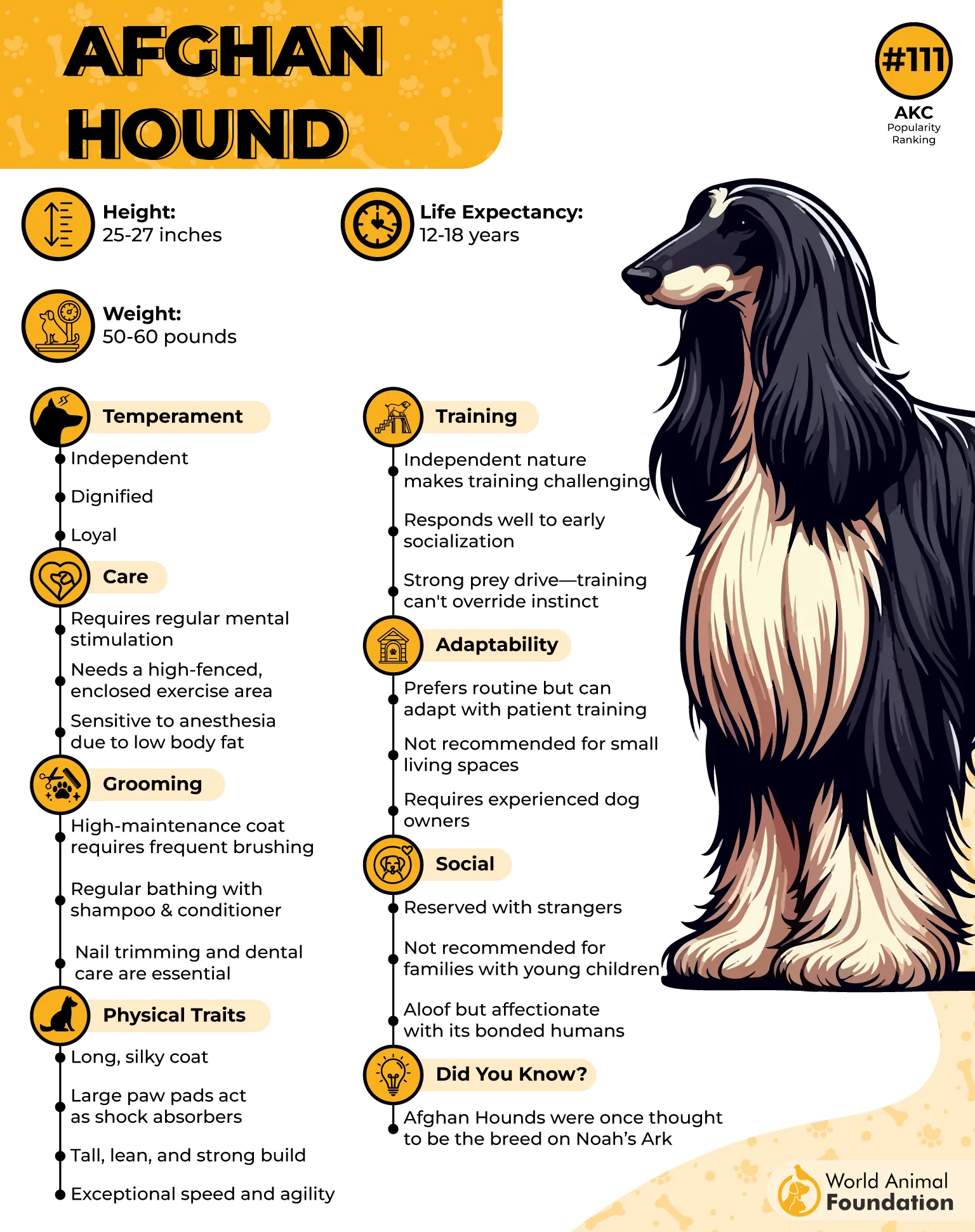
Afghans are incredibly intelligent, but not in a “teacher’s pet” way. They’re more “freethinker at a creative startup” than “top of the obedience class.” Training requires patience, consistency, and a ton of positive reinforcement.
Hills Pet mentions they’re sensitive, too. Harsh corrections or yelling will shut them down or make them retreat emotionally. You’ll need to build trust slowly like you’re courting a celebrity who doesn’t really need you but might show up if you bring snacks.
Because of their athleticism, they also require ample exercise.
But recall? Practically nonexistent. These dogs were bred to chase prey—once they’re off leash, good luck catching them without hours of training and iron-clad reliability.
3. Chow Chow

Chow Chows might look like walking teddy bears, but don’t let the fluff fool you—these pups have an ancient emperor vibe and a serious case of “don’t tell me what to do.” Independent, aloof, and a little dramatic, Chow Chows are notorious for being one of the hardest breeds to train.
Their cat-like personalities mean they’re not always eager to please. They don’t care that you have treats or that you learned that new trick on TikTok. They’ll do what they want when they want—and maybe shoot you a side-eye for trying too hard.
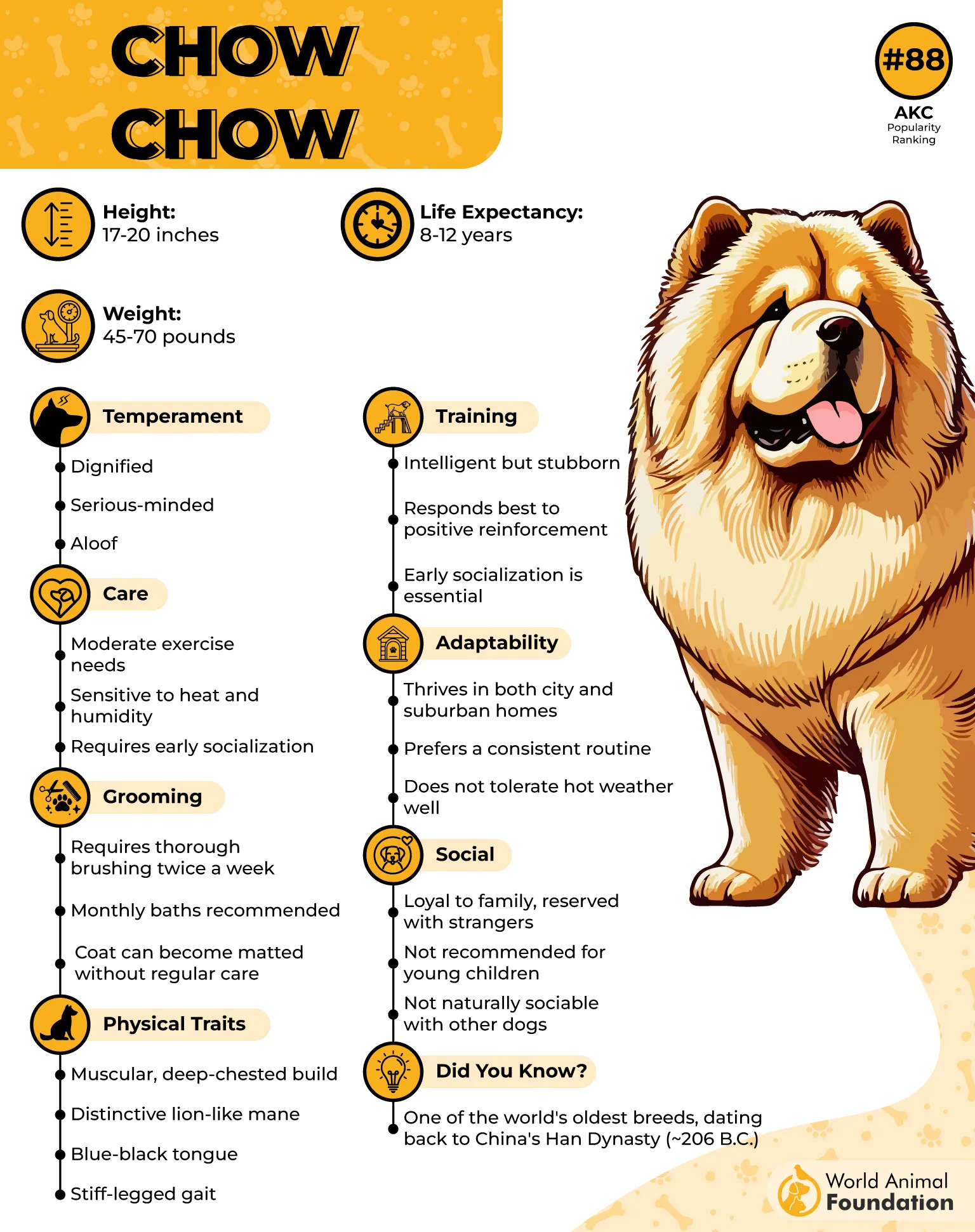
Chows were bred as guard dogs in ancient China, so they’re naturally protective and can be wary of strangers. Socialization is a must from an early age to prevent aggression or overprotective behavior. This means introducing them to a ton of different people, places, and experiences.
Training takes serious consistency. Positive reinforcement works, but even then, progress might be slow. And once a Chow decides they’re done? That’s it. No amount of “Who’s a good boy?!” will bring them back to the task.
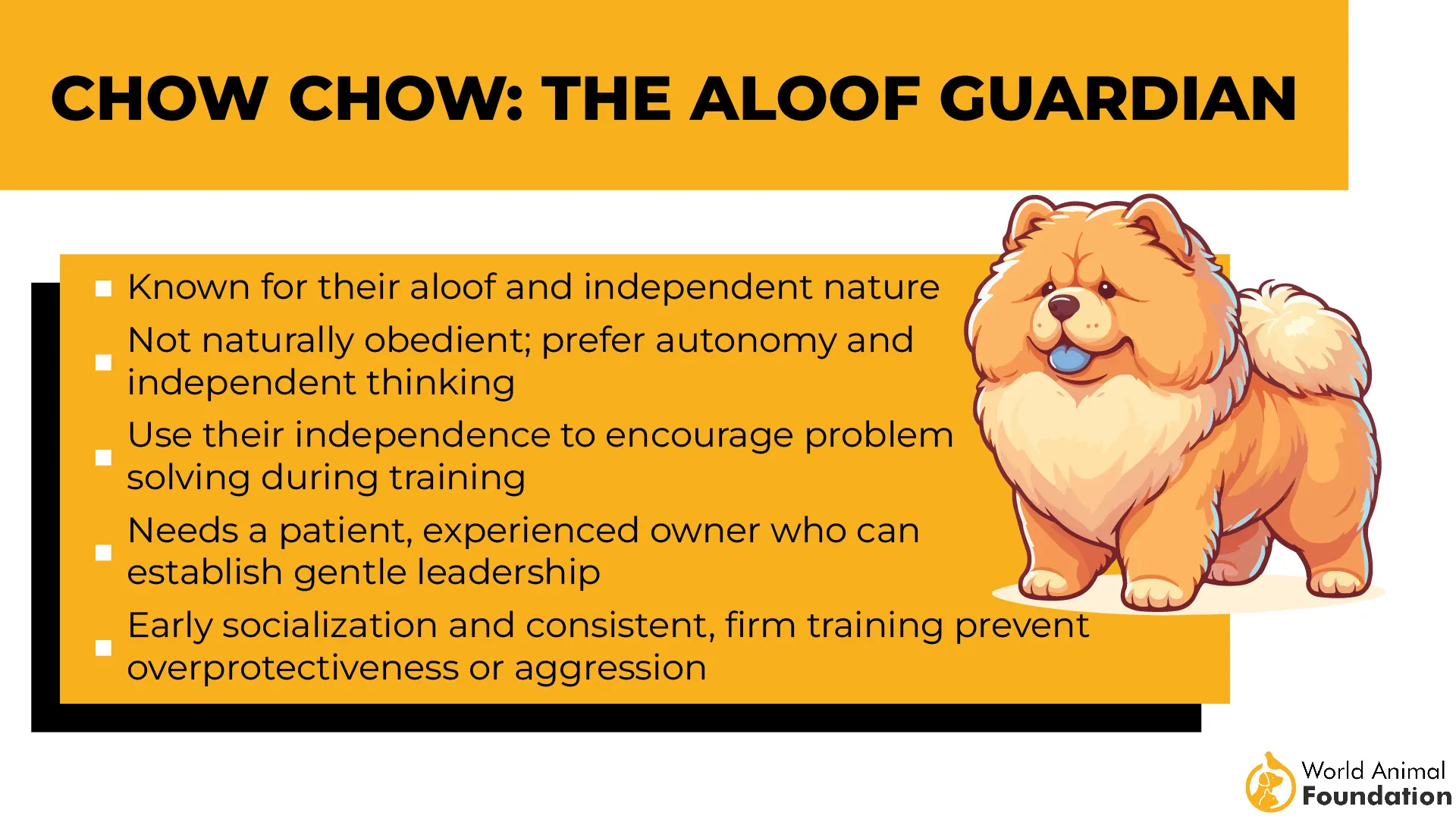
They’re also spotless and dignified, which means they’ll respond better to respectful, calm guidance than loud, energetic commands. Treat them like royalty—or suffer the consequences.
If you’re a first-time dog owner, this dog with a superiority complex might not be your ideal pet!
4. Basset Hound

Low-riding, long-eared, and full of mellow charm, Basset Hounds look like they’d be easy to train. But don’t be fooled by those droopy eyes—they have a stubborn streak that runs deeper than their signature barks. These dogs were bred to track scents independently, and that shows in their training resistance.
Bassets operate on their own timeline. If they catch a whiff of something interesting, you might as well cancel the training session. Their nose leads the way, and everything else—including your commands—becomes background noise.
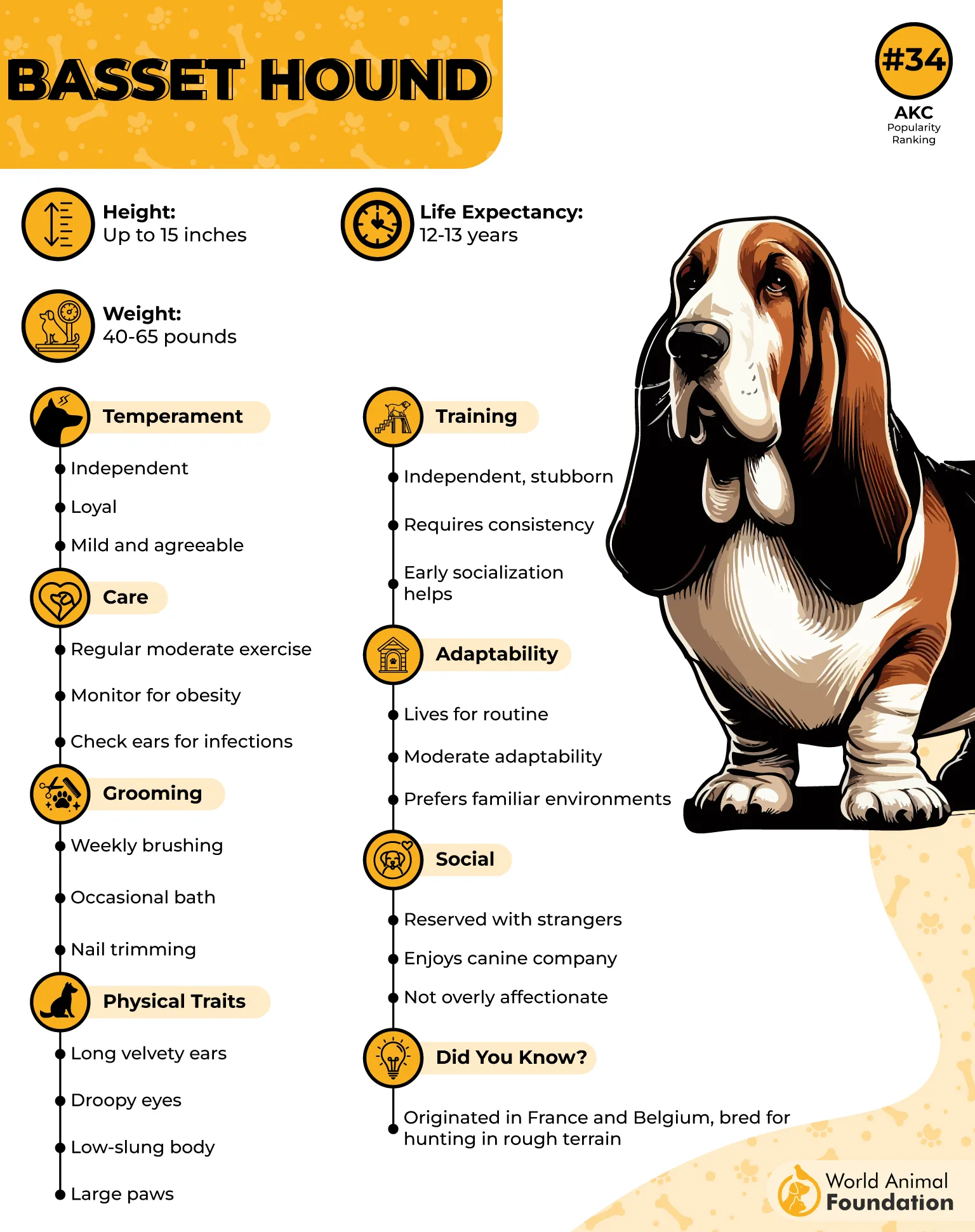
PetMD remarks they’re not high-energy, which can be a double-edged sword. You won’t get zoomies in the middle of dinner, but their laid-back vibe can make them unmotivated learners. They need positive, gentle training that leans heavily on treats and praise.
Bassets are food-driven, which helps—just don’t overdo it, or you’ll have a chubby hound with selective hearing. Keep sessions short and sweet to avoid boredom and rebellion.
They’re sensitive souls, so yelling or harsh corrections won’t get you far. Patience, a sense of humor, and loads of encouragement are your best bets.
If you can embrace the slow pace and a bit of sass, the Basset Hound will eventually come around—and then refuse to move again until bribed with bacon.
5. Border Collie
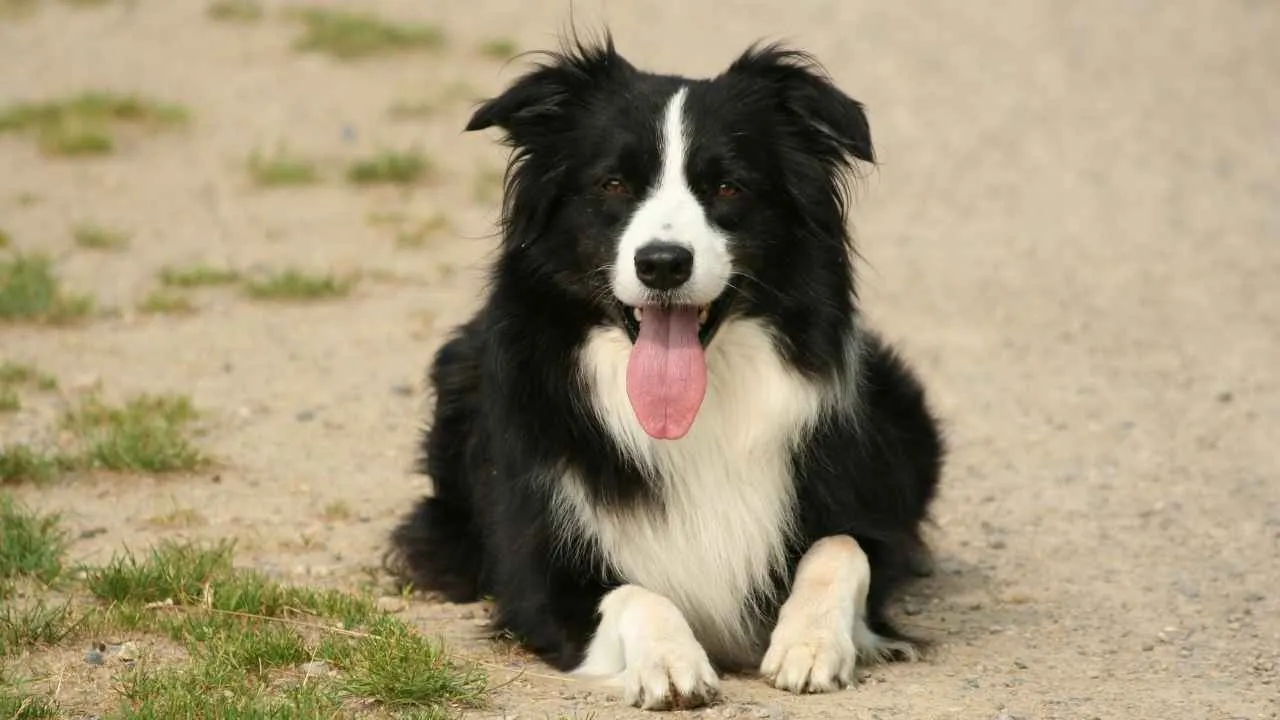
Hold up—aren’t Border Collies the Einsteins of dog breeds? Yes, and that’s exactly why they can be a challenge. These dogs are so smart that they outthink their humans on a regular basis—and if you’re not stimulating their brains, they’ll find a way to outsmart the system.
Border Collies were bred to herd livestock with minimal direction. That instinct to control and move things can make them bossy, hyper-aware, and lightning quick—but not always eager to follow your rules.
Training this dog requires a serious time investment. They thrive on learning, but they also get bored fast. Repeating the same command too many times? They’ll check out and invent their own game instead.
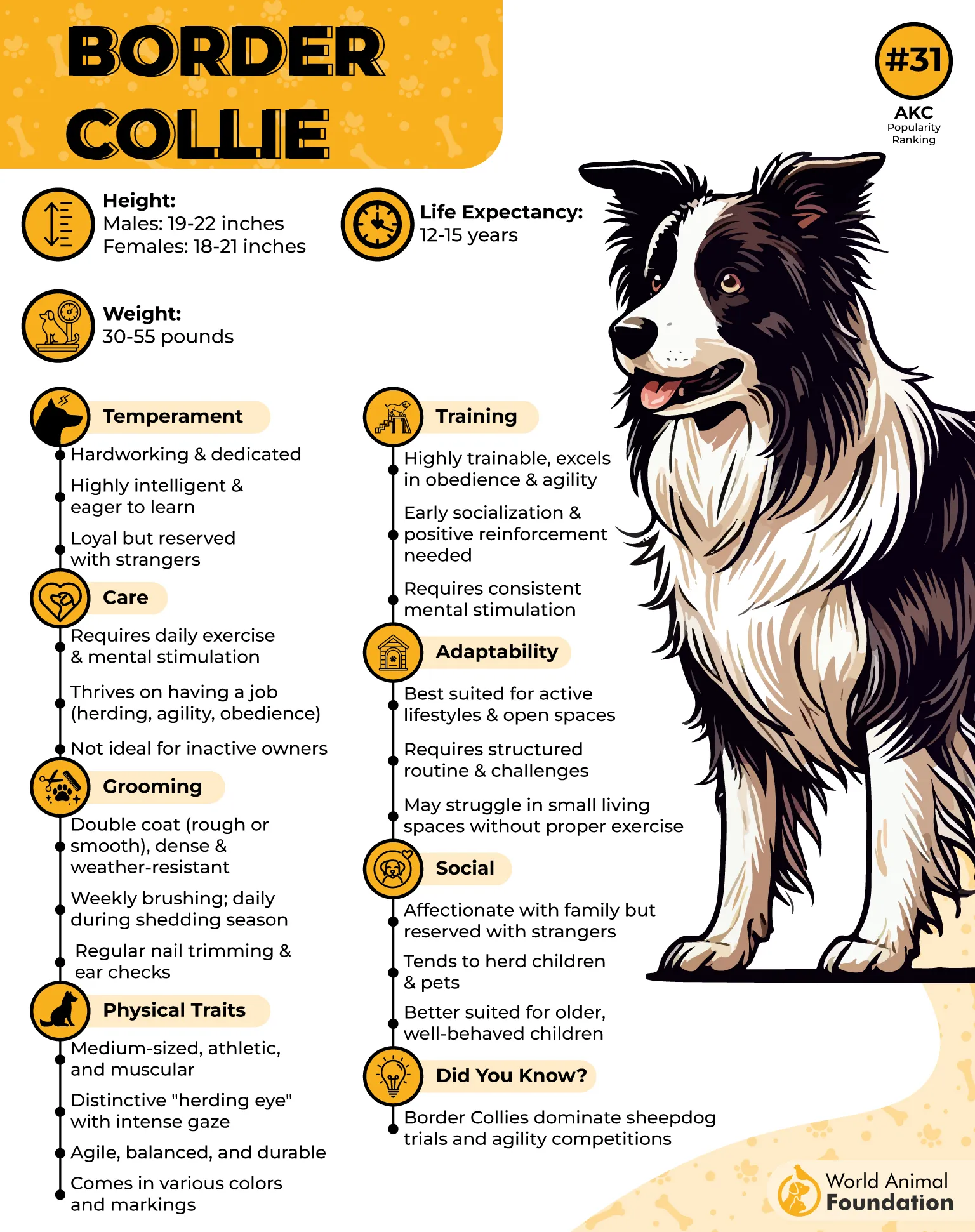
They need a job. Like, a literal job. Agility, advanced obedience, scent work—give them a task or they’ll start herding your kids, your cat, and maybe your Roomba.
They’re incredibly sensitive and respond best to positive reinforcement. They’ll shut down or get anxious if training becomes too intense or harsh.
6. Shiba Inu

Shiba Inus are basically the foxes of the dog world—beautiful, clever, and oh-so stubborn. This Japanese breed has a big personality in a small body, and they know exactly how to use it to their advantage.
Training a Shiba is a test of patience, humility, and your snack-dispensing skills. They’re not naturally obedient and will often ignore commands if they see no benefit. Your tone? Your commands? Optional, as far as they’re concerned.
They’re independent thinkers with a mischievous streak, which can make recall almost impossible. If a Shiba gets loose, they’ll bolt—and you’ll be left waving a leash like an idiot in your pajamas.

They’re also known for the infamous “Shiba scream”—a high-pitched yowl used when they’re annoyed, excited, or just feel like being extra. You’ll want noise-tolerant neighbors and a strong sense of humor.
Consistency and calm leadership are crucial. Harsh training doesn’t work, but firm boundaries paired with rewards do. Think of it like raising a tiny dictator with a fluffier coat.
7. Collie
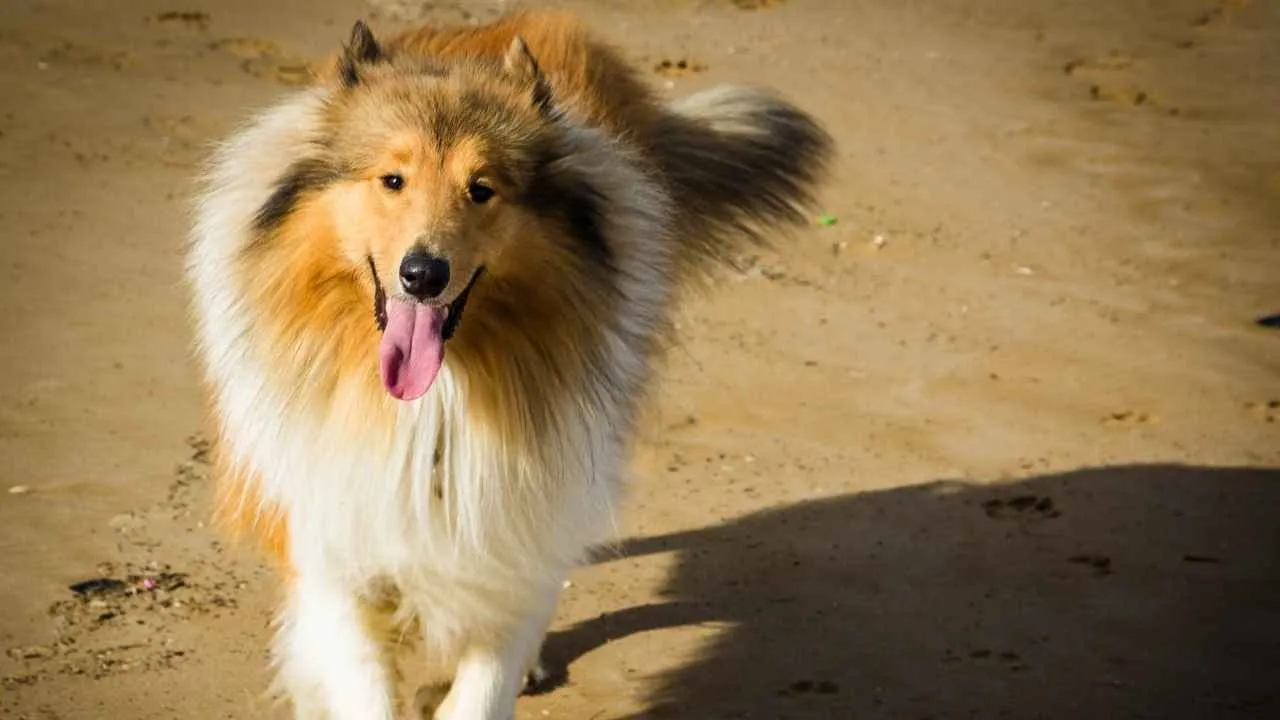
Thanks to Lassie, Collies have a reputation for being perfect angels. And yes, they’re smart and loving—but they also have a strong will and a tendency to question authority (especially yours).
Collies are sensitive and highly intuitive. They pick up on your emotions and tone quickly, so if you’re frustrated, they’ll either mirror it or retreat. Training requires a calm, confident approach and a whole lot of empathy.
They’re prone to overthinking. You say “sit,” and they’re wondering, “Why? What’s the context? Is this a trick?” This makes them slower to respond at times, not because they don’t know what you’re asking, but because they’re analyzing it.

Collies also have a strong herding instinct, which can translate into trying to control people, pets, and even inanimate objects. Early socialization and redirection are key to preventing bossy behavior.
They respond best to variety and mental stimulation. Games, problem-solving, and praise-based training help keep them engaged without stress.
8. Beagle
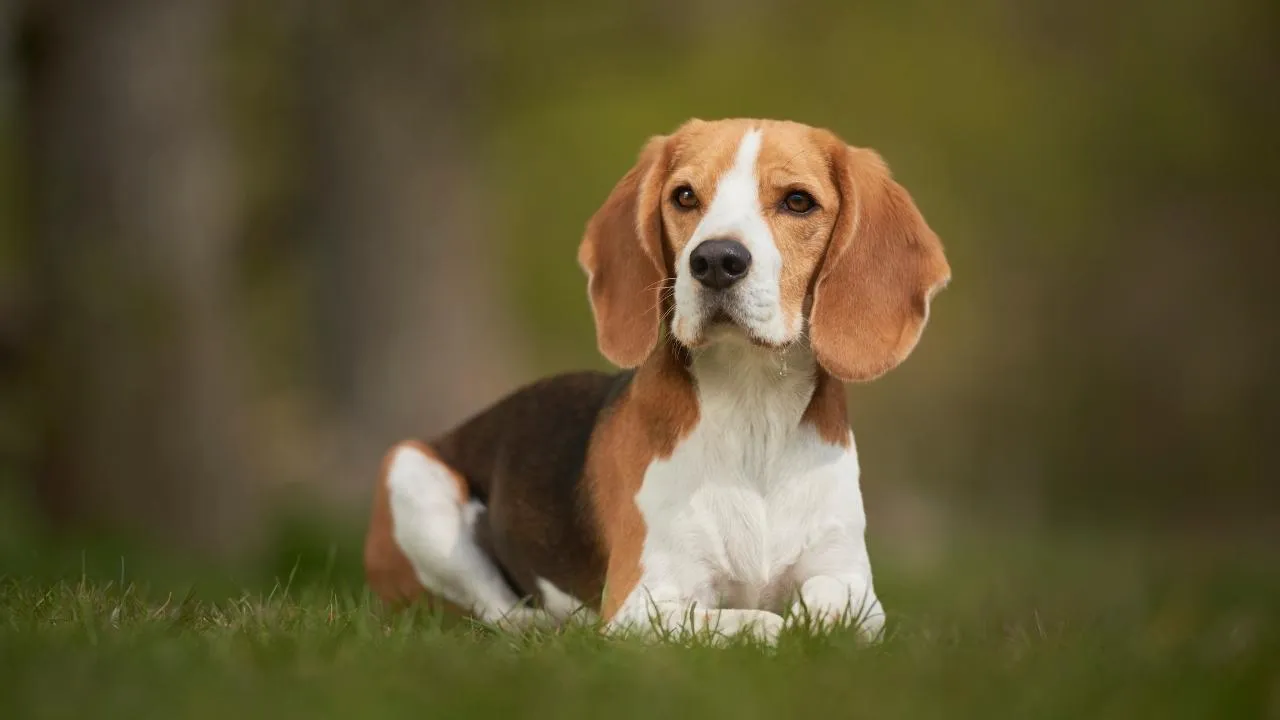
Beagles are the party animals of the dog world—happy, vocal, and totally driven by their nose. But that same sniffer makes training them a bit of a rollercoaster.
These hounds were bred to track scents for miles, and once they catch a whiff of something interesting, it’s game over for your carefully planned training session. Their attention span? Gone with the wind—and the squirrel.
Beagles are also pretty stubborn, as Purina declares. They’re smart, but they don’t always show it. If they don’t feel like cooperating, they won’t. Dedicated training sessions need to be short, upbeat, and super rewarding.
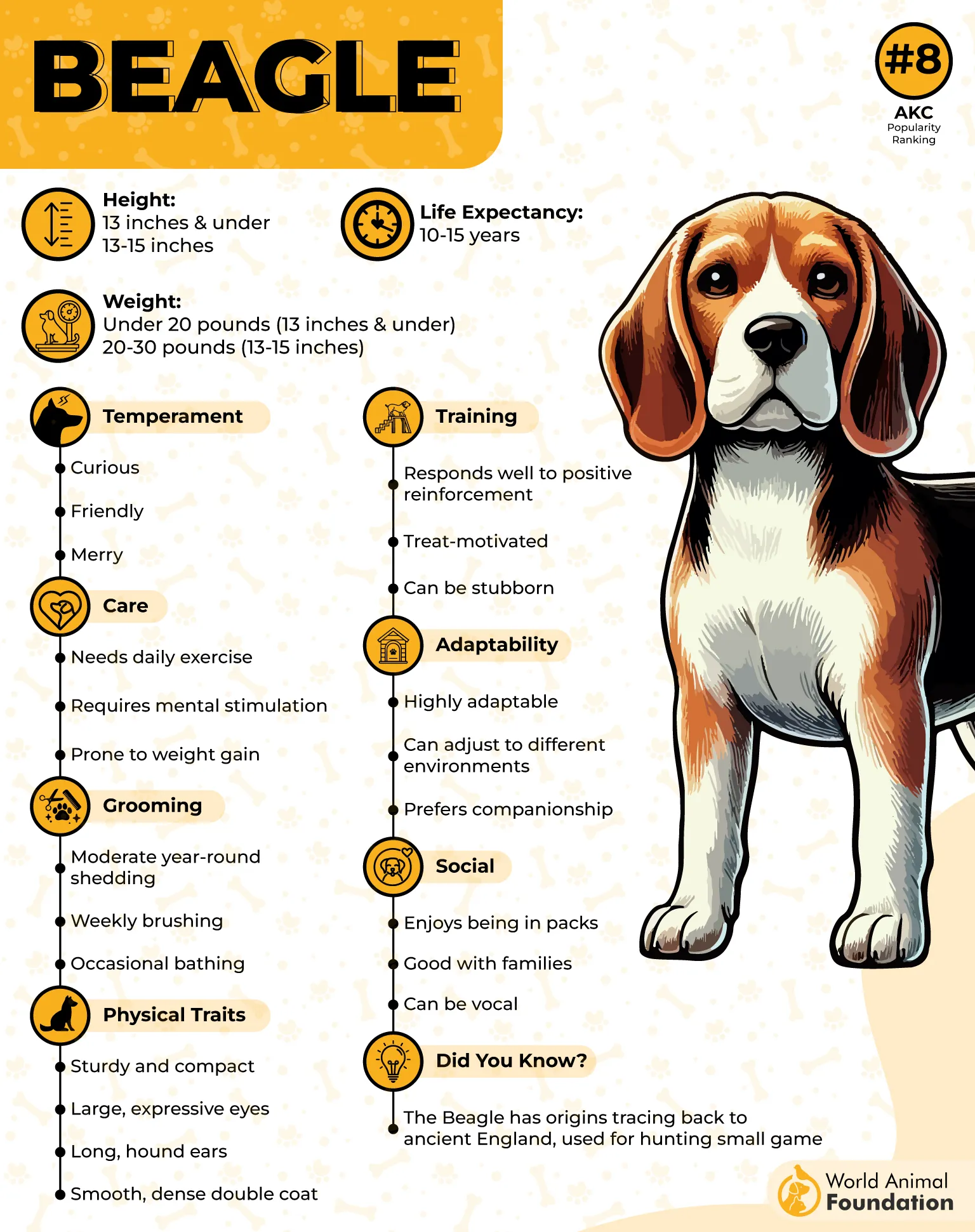
They’re notorious howlers. So, unless you’re ready to embrace the vocal stylings of your Beagle during every training challenge, work on quiet commands early and often.
They do best with lots of physical activity and structured routines. The more engaged they are, the more likely they are to stay on task, at least for a little while.
If you love a dog with a big personality and don’t mind being outsmarted by a nose, the Beagle is your hilarious, stubborn soulmate.
9. Australian Shepherd

Australian Shepherds are brainy balls of energy, just like the Australian Cattle Dog. They look like majestic floofs but come with the personality of a workaholic who just drank three espresso shots. Training them is both rewarding and exhausting.
Aussies love learning and excel in dog sports, but they also get bored fast. Repetitive dog training will drive them to improvise—often in ways that destroy furniture.
Their herding instincts are strong, and without proper direction, they’ll try to herd everything: other dogs, kids, joggers, bikes—you name it. Channeling that energy early is key.

They need both mental and physical stimulation. Trick training, scent games, agility—anything that makes them think and move will keep them focused.
Because they’re so smart, Aussies can also be manipulative, which makes them a difficult dog breed to train. They learn your weaknesses and push boundaries if you’re inconsistent.
Be warned—they’ll turn your house into a dog gym if you don’t give them a job or use a proper training process to discipline them.
Conclusion
Training any dog takes effort, but these breeds? They’ll test your patience, creativity, and snack supply. From sassy Shibas to genius Border Collies, the most challenging pups often come with the biggest personalities.
The secret to success? Understand what motivates them, keep sessions fun and engaging, and never underestimate the power of a really good treat. Stay consistent, stay calm, and embrace the chaos.
These dogs may not be the teacher’s pets of the canine world, but they’re unforgettable. If you’re up for the challenge, the payoff is a bond that’s unique, deep, and totally worth every stubborn moment.
So grab your clicker, pocket some snacks, and get ready to meet your match. Let the training games begin.


